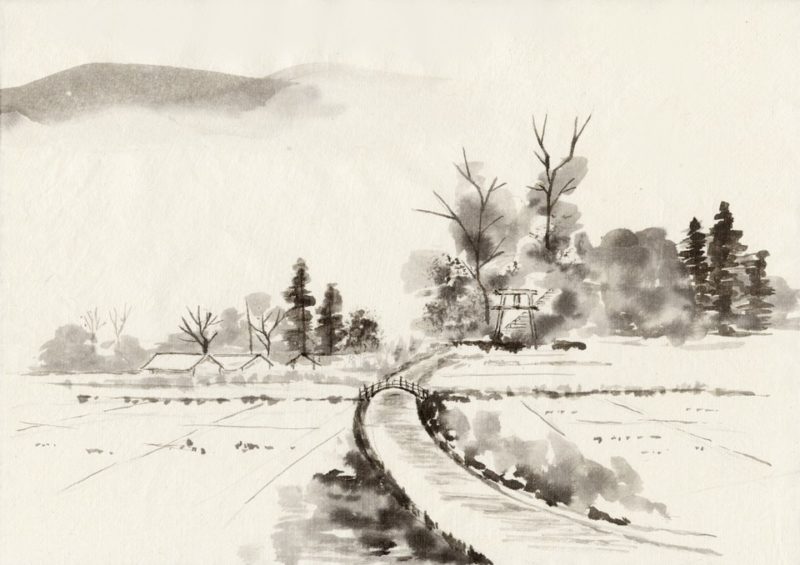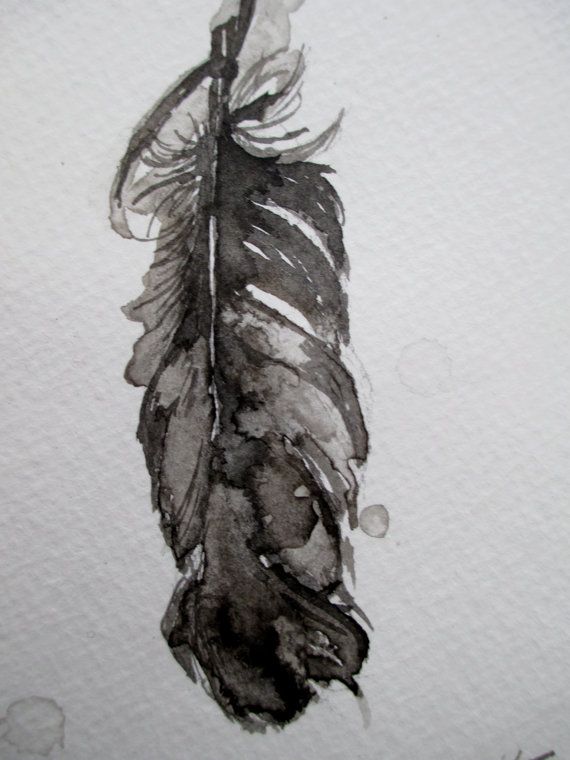Ink painting
Ink painting is a tradition that emerged 1000 years ago from Calligraphy in East Asia. It is also referred to as ‘brush painting’. The Chinese call it mo-shui, while the Japanese refer to it as suibokuga or sumi-e, and the Koreans know it as Soomookwa. This style of painting has continued to evolve into the realm of contemporary paintings in East Asian regions. What Oil is in the West is Ink in the East.
Ink is an ancient writing and drawing medium in liquid or paste form, traditionally black or brown in colour – though various coloured dyes or pigments can be added. This traditional oriental painting style was invented by Wang Wei and first developed in China during Tang Dynasty art and taken to Japan by Zen Buddhist monks in the mid-14th century. Suiboku-ga reached its height among Japanese artists and calligraphers during the Muromachi era (1338–1573) with such masters as Sesshū Tōyō, whose landscapes were uniquely Japanese, and Sesson Shūkei, who worked in the far northeast of Japan.
As in Calligraphy, the brushstroke styles and methodologies in Ink painting are closely related to the Zen Buddhism. Calligraphy is executed in ink on silk or paper, with a brush. In order to master this brush on the absorbent paper, which tolerates no error or correction, the artist has to achieve a high degree of concentration, balance and control. One of the more popular techniques, Ink and Wash painting is rendered with varying thicknesses and types of stroke. The brush is positioned vertically above the surface of the paper and the rhythm is controlled through movements of shoulders.
Being less familiar with the traditional calligraphic arts, Western artists have tended to use ink more for preparatory studies, literary and topological illustrations than as a medium for easel artworks.

